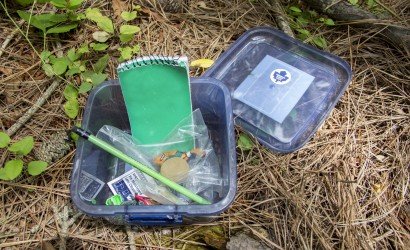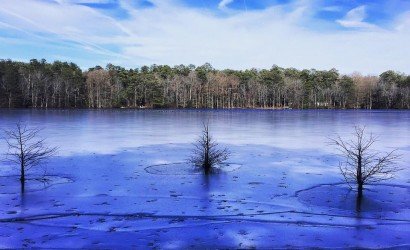The fall, with its cooler temperatures, is a great time to get outside and clean up the yard before winter arrives. Fall hikes can also be exceptionally scenic in our local parks as we get to watch the leaves transition from green to beautiful shades of orange and red. However, one other fall visitor is slightly less exciting (and potentially hazardous): Poison Ivy. We all know the old saying, “leaves of three, let it be.” But, Virginia Creeper, while it generally has four or five leaves, can sometimes have only three, making it most confusing for the casual hiker or weekend lawn enthusiast. One of these plants will cause most people to break out into a terribly itchy rash and the other is mostly just a nuisance. We feel it is our civic duty to make sure all of our loyal ShoreBread followers know the difference between Poison Ivy and Virginia Creeper this fall so we wanted to revisit this article from 2012.
To summarize, during autumn, both Poison Ivy and Virginia Creeper turn a bright red color and both can be found naturally occurring on your hiking trail or even your back yard. This article, above, serves as a great guide to understanding the difference between Poison Ivy, Poison Oak, Poison Sumac, and Virginia Creeper. It even contains a convenient chart for comparing each of the plants. As the winter months can be the best time to remove Poison Ivy from your garden or yard, you’ll want to refer back to this guide to help you do so safely. Trust us, you don’t want to find out the difference the hard way!
Photo by Ami Reist.
Disclaimer: Some individuals may experience an allergic reaction to Virginia Creeper. Please consult a professional for clarification if you are uncertain.









